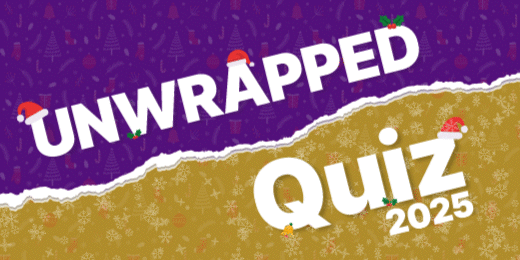CHILDHOOD obstructive sleep apnoea (OSA) affects a significant proportion of children and is often treated with adenotonsillectomy (AT), particularly in cases where sleep quality and breathing are severely disrupted. A recognised subtype of OSA is positional OSA (POSA), in which obstructive events are more prominent when the child is lying on their back. A recent study examined whether AT was equally effective in children with and without POSA and explored the stability of this classification over time. Notably, nearly half of the children in the study were found to have POSA at baseline.
Data were drawn from the Childhood Adenotonsillectomy Trial (CHAT), a large, randomised controlled study. Children aged approximately 7 years were allocated either to early AT (EAT) or to watchful waiting with supportive care (WWSC). To qualify for POSA classification, children had to demonstrate a supine obstructive apnoea–hypopnoea index (OAHI) at least twice that of their non-supine OAHI, with sufficient sleep time in both positions. Polysomnographic studies and clinical outcomes were evaluated at baseline and again after 7 months.
Of the 354 children analysed, 47.2% met the criteria for POSA at baseline. Those with POSA had significantly lower baseline OAHI compared to their non-POSA counterparts (median 3.77 vs. 5.42 events/hour; p=0.006), experienced more rapid eye movement (REM) sleep in the supine position (p=0.05), and had fewer allergic conditions (p=0.05). The primary outcome, reduction in AHI, was significantly associated with treatment group (p<0.001) but not with POSA status (p=0.10), suggesting that AT was similarly effective for both groups. Among those assigned to WWSC, half of the children originally classified as POSA no longer met the criteria at follow-up, mainly due to changes in their non-supine OAHI.
The findings confirm that adenotonsillectomy is beneficial in treating paediatric OSA irrespective of POSA status. Importantly, the observed instability of POSA classification over time raises questions about its reliability and clinical relevance as a long-term diagnostic subtype. These results suggest that routine surgical decisions should not be based solely on positional dependency, though further investigation is needed to clarify the mechanisms behind this variability. Clinicians should be aware that POSA in children may be a transient or evolving feature of OSA rather than a fixed characteristic.
Reference
Dai S et al. Supine position-related obstructive sleep apnea in children: insights from the Childhood Adenotonsillectomy Trial. Sleep Breath. 2025;29(4):230.








